Soft and fluffy homemade breadsticks topped with garlic butter are the perfect complement to any dinner. The dough requires two rises, but the second rise is quick as the oven preheats.
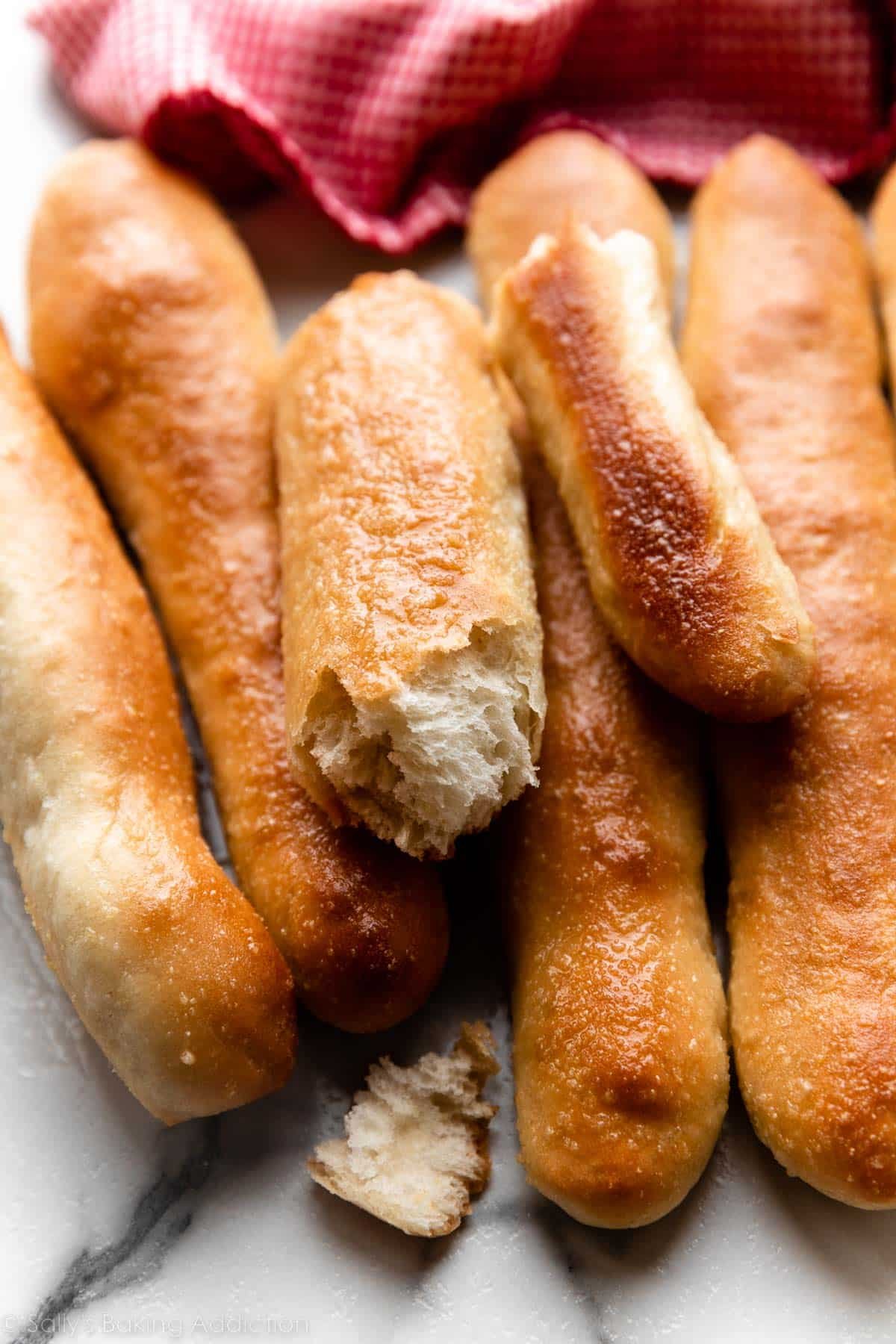
If you’ve ever dined at Olive Garden, you’re familiar with the enchantment that descends with the arrival of their signature breadsticks. Picture this – unlimited soup or salad and those irresistible breadsticks.

Recapturing that experience at home is not only possible but surprisingly uncomplicated. With just 7 easily accessible ingredients, you’re on the verge of unleashing a homemade breadstick phenomenon.
The Breadstick Alchemy
Let’s dive into the artistry behind these homemade wonders. The dough, a star in its own right, demands two rises. Don’t be deterred; the second rise is a swift affair, aligning harmoniously with the oven’s preheating ritual. This isn’t merely a recipe; it’s a culinary journey, a warning of the impending ecstasy awaiting you.
Beyond Authenticity: Embracing Soft Elegance
Now, these aren’t your typical authentically Italian crispy breadsticks. No, what we’re crafting here is a symphony of flavors encapsulated in elongated, soft dinner rolls, crowned with the perfect marriage of salted and garlicky butter. It’s a departure from tradition, an elevation to a realm of soft, fluffy perfection.
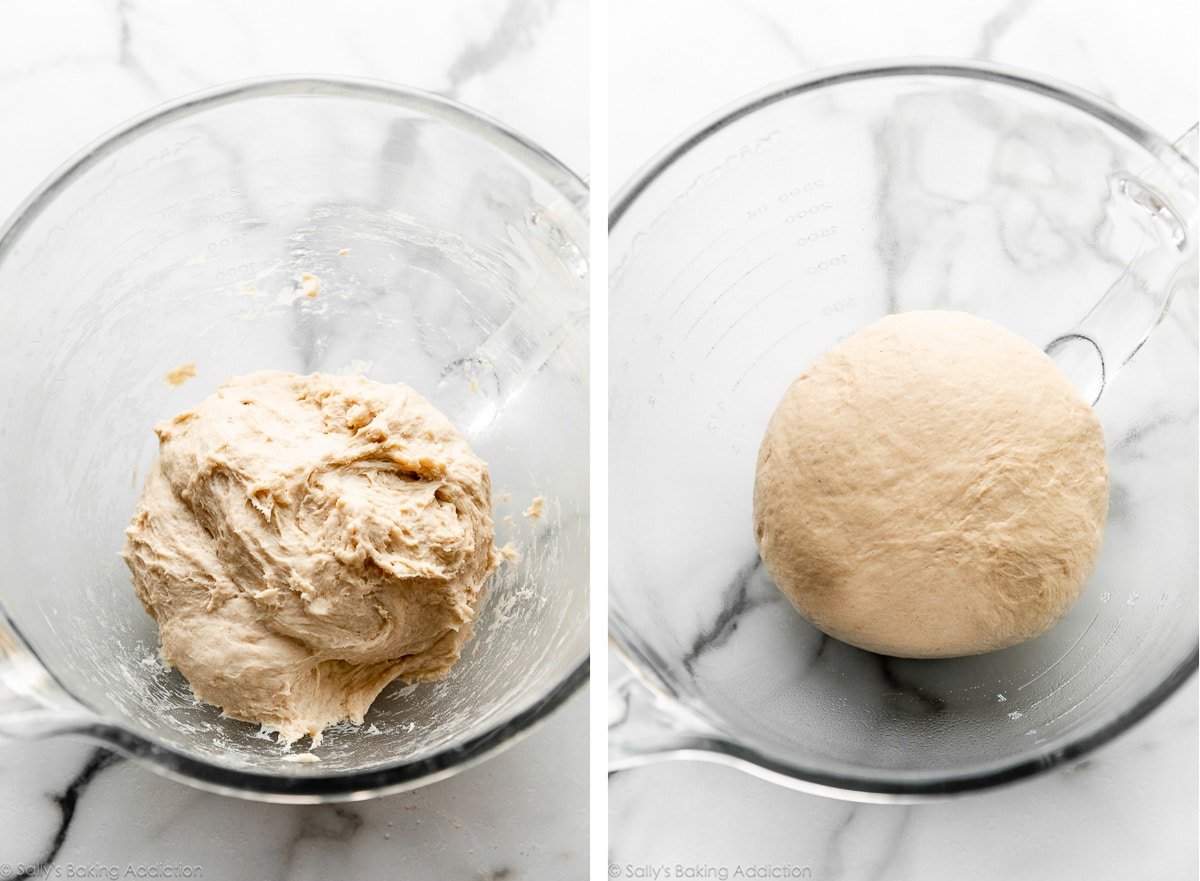
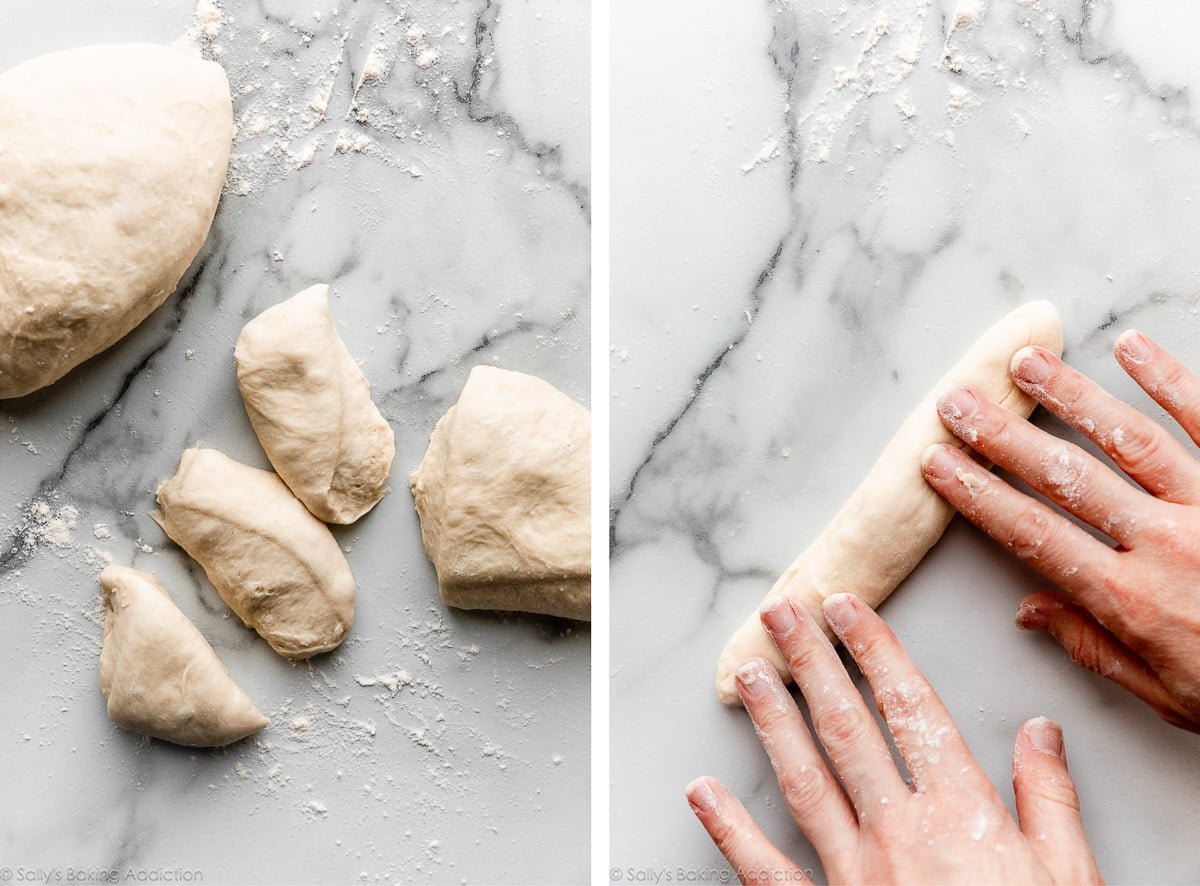
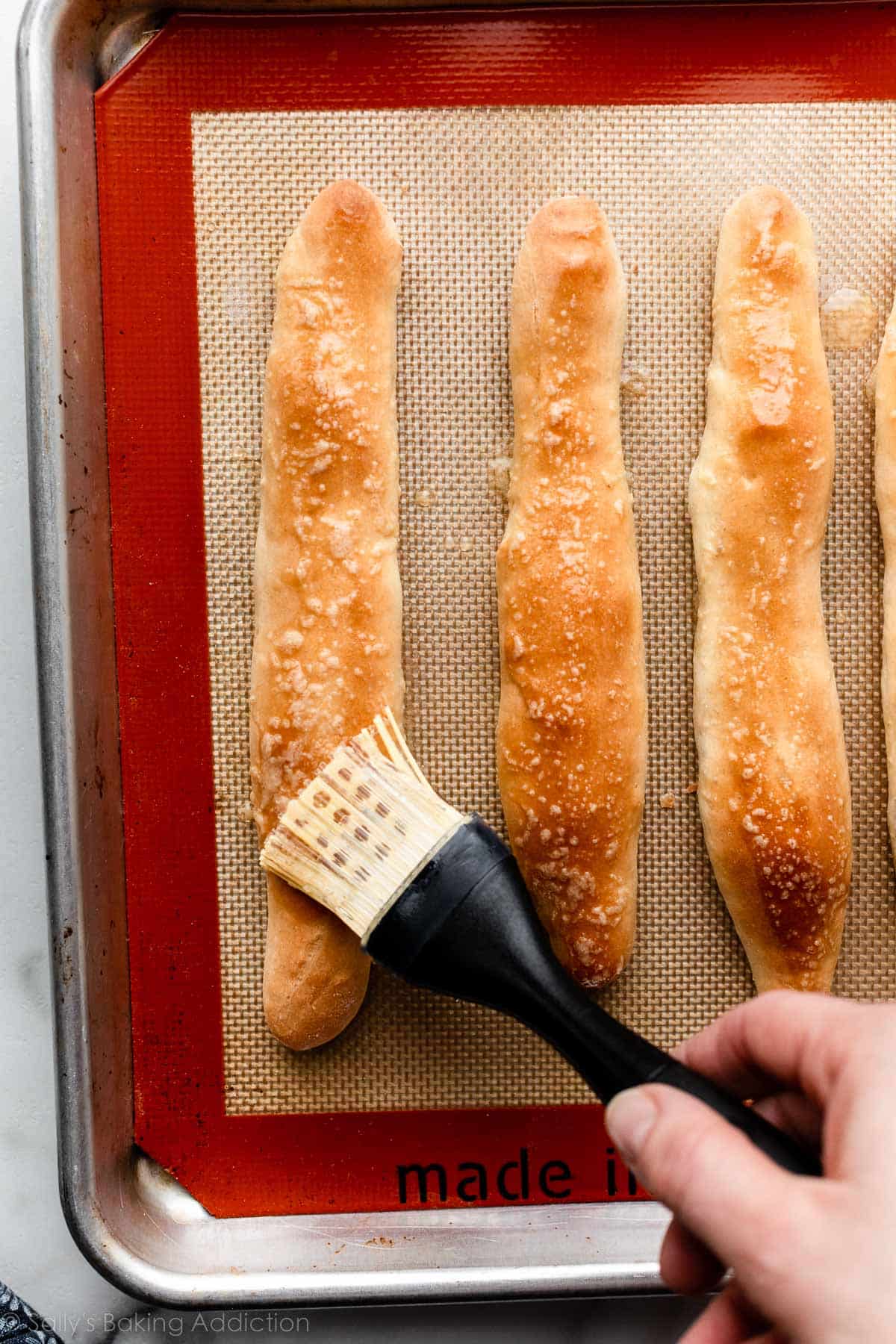
The Homemade Advantage
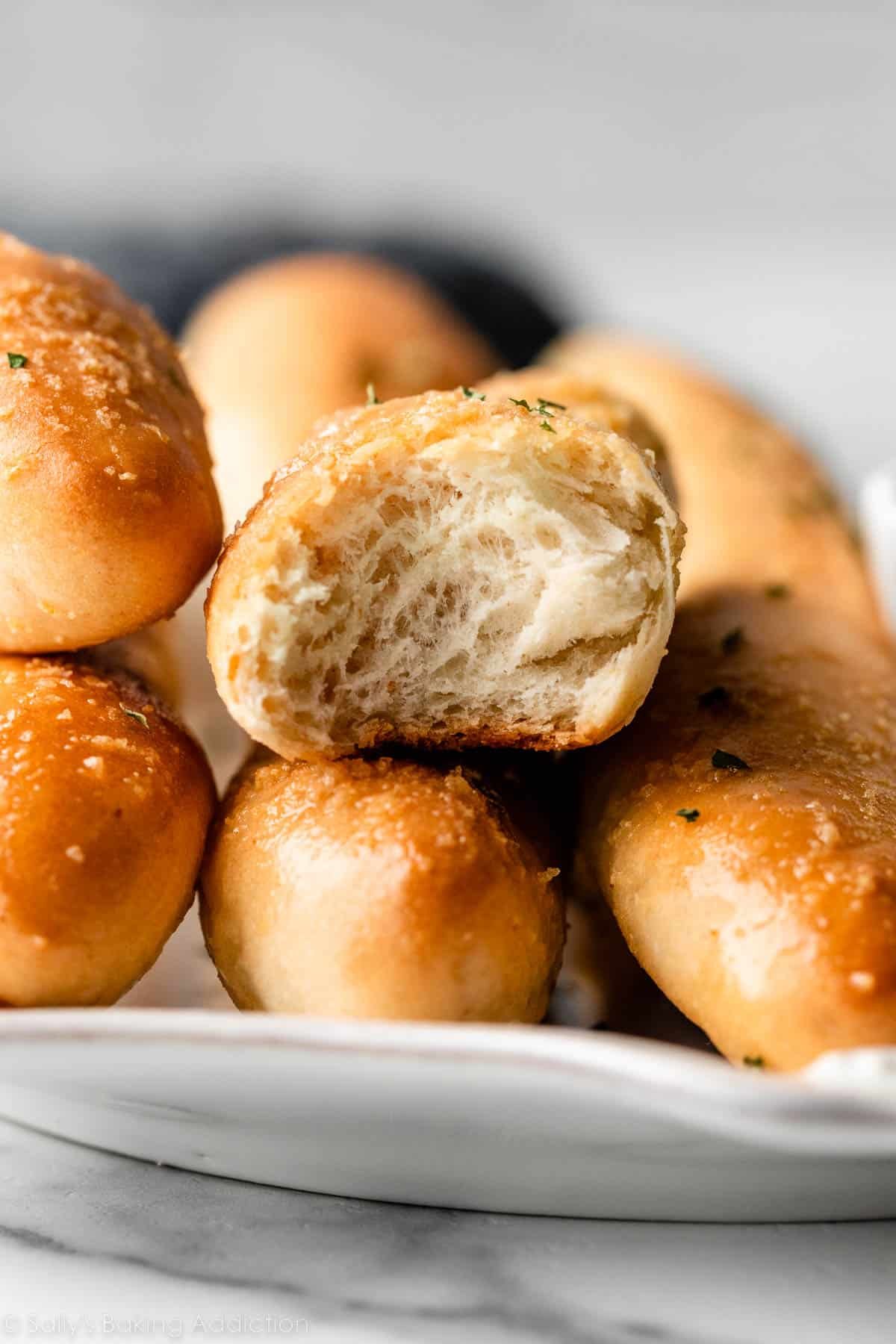
There’s a unique charm to homemade creations. They carry a personal touch, an essence that transcends the ordinary. As you embark on this culinary venture, you’re not just baking breadsticks; you’re crafting memories, indulging in a sensory experience that goes beyond the taste buds.
In conclusion, let’s embark on this gastronomic escapade together. With a handful of ingredients and a dash of enthusiasm, you’re on the brink of surpassing the Olive Garden breadstick legacy. Embrace the simplicity, savor the journey, and get ready to elevate your dinner game with the most delightful homemade breadsticks you’ve ever laid eyes on.

Homemade Soft Breadsticks
Ingredients
- 1 and ¼ cups (300ml) warm water (between 100–110°F, 38–43°C)
- 2 and ¼ teaspoons (7g) instant or active dry yeast (1 standard packet)*
- 2 Tablespoons (25g) granulated sugar
- 3 Tablespoons (43g) unsalted butter, melted
- 1 and ½ teaspoons salt
- 3 and ⅓ cups (433g) bread flour (spooned & leveled), plus more as needed and for hands/work surface*
- optional: 1/2 teaspoon garlic powder
Topping
- 2 Tablespoons (28g) unsalted butter, melted
- ¼ teaspoon salt
- ¼ teaspoon garlic powder
- optional for sprinkling on top: dried parsley or other favorite herb
Instructions
- Prepare the dough: Whisk the warm water, yeast, and sugar together in the bowl of your stand mixer. Loosely cover and allow to sit for 5–10 minutes until foamy and frothy on top. *If you do not own a stand mixer, you can do this in a large mixing bowl and in the next step, mix the dough together with a large wooden spoon/silicone spatula. It will take a bit of arm muscle. A hand mixer works, but the sticky dough repeatedly gets stuck in the beaters. Mixing by hand with a wooden spoon or silicone spatula is a better choice.*
- Add the melted butter, salt, 1 cup (130g) bread flour, and garlic powder, if using. With a dough hook attachment, mix on low speed for 30 seconds, scrape down the sides of the bowl with a silicone spatula, then add the remaining flour. Beat on medium speed until the dough comes together and pulls away from the sides of the bowl, about 2 minutes. If the dough seems too wet to a point where kneading in the next step would be impossible, beat in more flour 1 Tablespoon at a time until you have a workable dough. Keep in mind that dough should be soft and a little tacky, but still manageable to knead with lightly floured hands.
- Knead the dough: Keep the dough in the mixer and beat for an additional 8-10 full minutes, or knead by hand on a lightly floured surface for 8-10 full minutes. (If you’re new to bread-baking, my How to Knead Dough video tutorial can help here.) If the dough becomes too sticky during the kneading process, sprinkle 1 teaspoon of flour at a time on the dough or on the work surface/in the bowl to make a soft, slightly tacky dough. Do not add more flour than you need because you do not want a dry dough. After kneading, the dough should still feel a little soft. Poke it with your finger—if it slowly bounces back, your dough is ready to rise. You can also do a “windowpane test” to see if your dough has been kneaded long enough: tear off a small (roughly golfball-size) piece of dough and gently stretch it out until it’s thin enough for light to pass through it. Hold it up to a window or light. Does light pass through the stretched dough without the dough tearing first? If so, your dough has been kneaded long enough and is ready to rise. If not, keep kneading until it passes the windowpane test.
- 1st Rise: Lightly grease a large bowl with oil or nonstick spray. Place the dough in the bowl, turning it to coat all sides in the oil. Cover the bowl with aluminum foil, plastic wrap, or a clean kitchen towel. Allow the dough to rise in a relatively warm environment for 1.5–2 hours or until double in size. (I always let it rise on the counter. Takes about 2 hours. For a tiny reduction in rise time, see my answer to Where Should Dough Rise? in my Baking With Yeast Guide.)
- Line 2 baking sheets with parchment paper or silicone baking mats. Set aside.
- Shape the breadsticks: When the dough is ready, punch it down to release the air. Divide the dough in half—each half should weigh just under 1 pound. Working with 1 half at a time, cut 7 pieces, roughly equal in size (each piece will weigh about 2 ounces, or 55g, but don’t worry about making them exact). Using lightly floured hands and a very lightly floured work surface (you still want some grip for the tacky dough, so do not over-flour), roll each piece of dough into a log about 8 inches (20cm) long. Arrange 7 breadsticks on each prepared baking sheet. Repeat with 2nd half of dough.
- 2nd Rise: Cover shaped breadsticks with aluminum foil, plastic wrap, or a clean kitchen towel. Allow to rise until slightly puffy, about 20 minutes.
- Meanwhile, preheat oven to 400°F (204°C).
- Bake the breadsticks: Remove cover from breadsticks and bake for 18–19 minutes or until golden brown on top, rotating the pans (top to bottom, bottom to top) halfway through. If you notice the tops browning too quickly, loosely tent with aluminum foil.
- Make the topping: Melt butter, and stir in salt and garlic powder.
- Remove breadsticks from the oven, brush with garlic butter topping, and allow breadsticks to cool for a couple minutes before serving. Sprinkle with dried parsley or your favorite herb, if desired, and serve warm.
- Cover leftover rolls tightly and store at room temperature for 1 day or in the refrigerator for up to 5 days. Reheat as desired.
Notes
- Freezing Instructions for Baked Breadsticks: Freeze the baked and cooled breadsticks for up to 3 months. To thaw, leave out on the counter for a few hours or overnight in the refrigerator. Warm in the microwave for 30 seconds or covered on a baking sheet in a 300°F (149°C) oven for 10 minutes.
- Freezing Instructions for Dough: After the dough rises and you divide the dough in half in step 6, you can freeze half or some of the dough to use at a later time. Or you can simply freeze all of the dough. Lightly coat all sides of the dough you want to freeze with nonstick spray or olive oil. Place the dough into a zipped-top bag and seal tightly, squeezing out all the air. Freeze for up to 3 months. To thaw, place the frozen dough in the refrigerator for about 8 hours or overnight. When ready to use, remove the dough from the refrigerator and allow to rest for 30 minutes on the counter. Preheat the oven and continue with step 6, punching down the dough to release air if needed.
- Overnight/All Day Dough Instructions: Prepare the dough through step 3. Then, grease a large bowl, place dough inside, and coat all sides of dough as instructed in step 4. Cover dough and allow to rise for 8–12 hours in the refrigerator. (If it needs to be in the refrigerator for longer, use cooler water in the dough, which will slow the dough’s rise and allow for more time.) The slow rise gives the dough wonderful flavor! When ready, continue with step 5. If the dough didn’t quite double in size during this time, let it sit at room temperature for 30–45 minutes before punching down (step 6).
- Special Tools: Stand Mixer or Large Mixing Bowl and Silicone Spatula or Wooden Spoon | Whisk | Baking Sheets | Silicone Baking Mats or Parchment Sheets | Bench Scraper | Pastry Brush
- Yeast: I usually use instant yeast. You can use active dry yeast instead, with no changes to the preparation. Rise times will be slightly longer. Reference my Baking With Yeast Guide for answers to common yeast FAQs.
- Flour: If you don’t have bread flour, you can use all-purpose flour. All-purpose flour is convenient for most, but bread flour produces chewier breadsticks. The breadsticks are still soft and fluffy no matter which you use.
- Can I Add Cheese on Top? Yes, absolutely. Bake for just 15 minutes. Remove from the oven, carefully push the warm breadsticks together so they are touching, brush with the garlic butter topping, and then top each batch with 1/2 cup (about 55g) of shredded mozzarella or cheddar cheese (or a mix). There are 2 batches of 7 breadsticks, so you’ll need 1 cup (about 110g) of shredded cheese total. Return to the oven for 3-4 more minutes until cheese has melted and breadsticks are golden brown. Or try these flatter cheesy breadsticks.

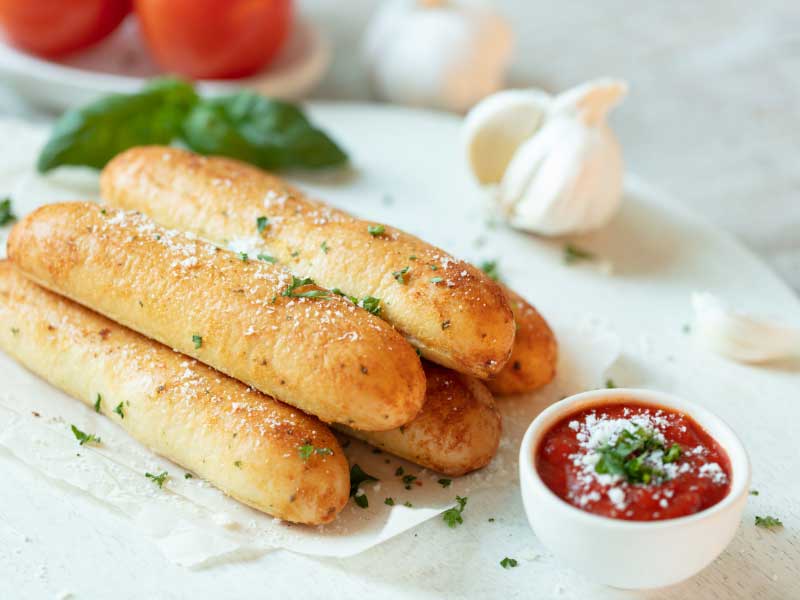
Best homemade recipe